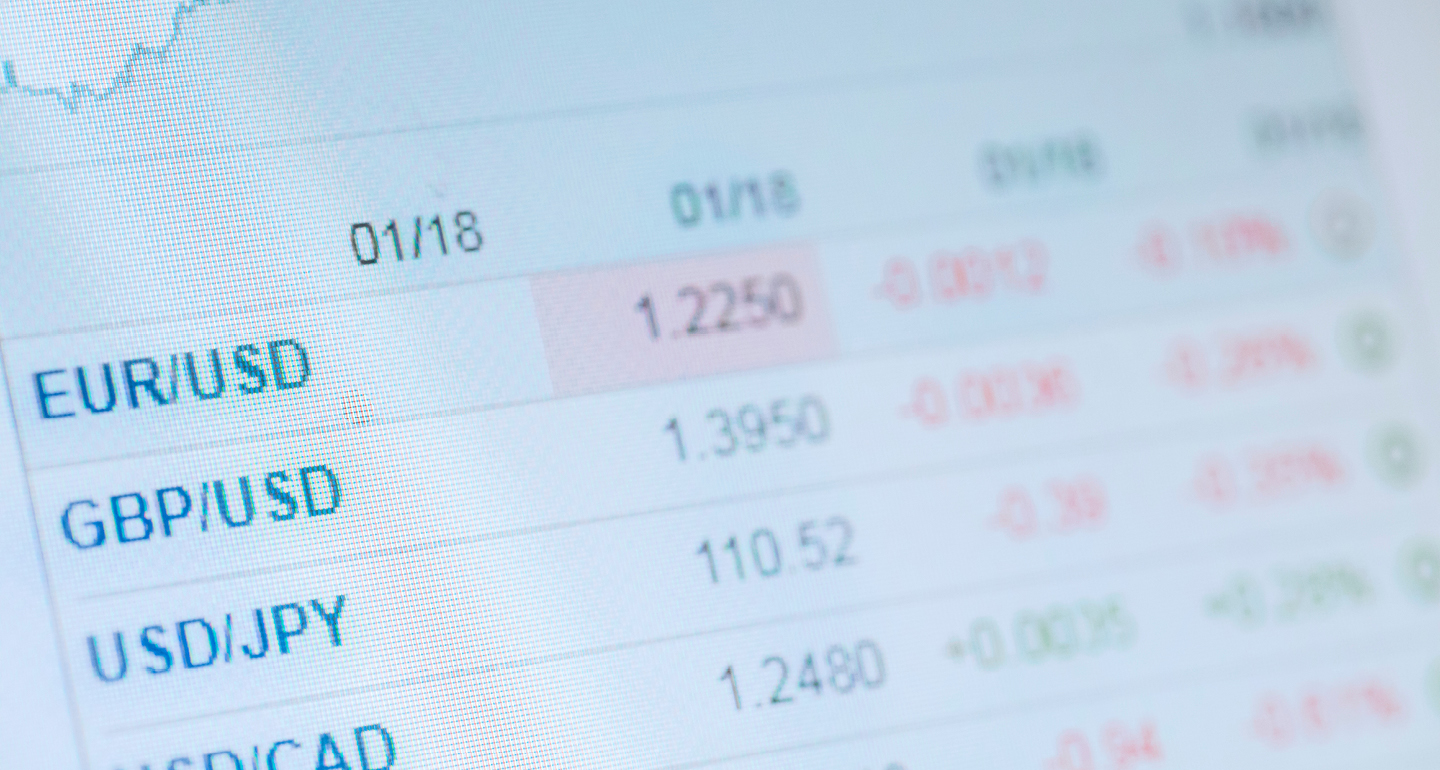Unfortunately, one of the background stories to this quarterly review continues to be the tragedy of the ongoing war in Ukraine and the conflict’s economic and market impact. With the war now more than six months old — and with no apparent end in sight — it may be increasingly normalised. But for now, its impact continues to ricochet through markets.
These effects have been most keenly felt in the commodity markets and, in particular, in the broader energy industry. While the last quarter saw some welcome respite from the price surges in many of these markets, inflation remains at the centre of the policy and political challenge that faces central banks and governments around the world.
How do you see the global economy?
The global economy is facing multiple headwinds, which seem increasingly likely to end in recession. China is contracting as a result of its zero-Covid strategy, although growth will rebound as the worst of the lockdowns ease. Russia is in a sharp recession because of Western sanctions, even if it’s not as serious as first expected. And in Europe, the energy-price spike is driving a rapid terms-of-trade deterioration, squeezing real incomes and crimping consumption.
However, the biggest challenge lies in the US. Excessive inflation is likely to require a significant rise in unemployment to bring it under control. This will likely need further sharp interest-rate hikes and tighter financial conditions to cause a recession. In turn, a contraction in the world’s largest economy would have large negative global growth spill overs, especially when combined with the rapid tightening of financial conditions in a number of other developed and emerging economies.
We should, however, remember that the economic impacts of our emergence from Covid, the war in Ukraine, allied with historically low interest rates in the context of such a tight labour market, make economic forecasting even more difficult than normal. Therefore, while a global recession seems increasingly likely, there are also other plausible scenarios, some of which may be more palatable.
Markets — huge uncertainty, but some respite from earlier weakness
It’s interesting that, as the economic clouds have continued to gather, bond and equity markets have regained some of their poise after the weakness at the start of this year. Some of this may reflect the old "better to travel than to arrive" adage, with those earlier declines anticipating the gloomy headlines that now populate the front pages of our newspapers.
However, it’s also worth noting that the corporate sector continues to produce earnings and cashflows that are ahead of expectations, and which confound some of the views of more gloomy forecasters. This may be just a matter of timing — and we’ll still see this expected downturn a little later than expected — but it’s worth noting nonetheless.
Bond markets have also taken comfort from the occasional inflation number that’s not quite as bad as originally feared. The result of this is that expectations have ebbed and flowed between a view that the US Federal Reserve has much more monetary policy work to do, and one suggesting its work is near complete. We would suggest the latter view is a little too sanguine, but it certainly helps to explain some of the recent moves.
Still complex investment path
While we’ve seen some alleviation of the market weakness at the start of this year, the outlook remains a complex one. While ‘unprecedented’ is an overused word in the current investment lexicon, it does unfortunately describe much of the geopolitical, economic and market landscape that we survey.
However, and as ever, there may be investment opportunities for those willing to do their homework, hold their nerve, and maintain a long-term view.
I hope that the following articles will help you to do so. In this issue of Global Outlook:
Craig Hoyda relooks at intangibles – non-physical assets such as goodwill, brand value and intellectual property – and wonders whether home truths established over the past two decades need reassessing in light of the latest market developments.
Gerry Fowler examines the drivers of forex markets – global inflation and central bank responses – and suggests currencies (other than the dollar) that may strengthen as investors seek havens amid growing recession fears.
Meanwhile, Kenneth McMillan discusses how investors may wish to consider alternative assets, such as infrastructure, to seek to protect portfolios from market volatility.
IMPORTANT INFORMATION
Alternative investments involve specific risks that may be greater than those associated with traditional investments; are not suitable for all clients; and intended for experienced and sophisticated investors who meet specific suitability requirements and are willing to bear the high economic risks of the investment. Investments of this type may engage in speculative investment practices; carry additional risk of loss, including possibility of partial or total loss of invested capital, due to the nature and volatility of the underlying investments; and are generally considered to be illiquid due to restrictive repurchase procedures. These investments may also involve different regulatory and reporting requirements, complex tax structures, and delays in distributing important tax information.
Foreign securities are more volatile, harder to price and less liquid than U.S. securities. They are subject to different accounting and regulatory standards, and political and economic risks. These risks are enhanced in emerging markets countries.
GB-240822-179607-1


